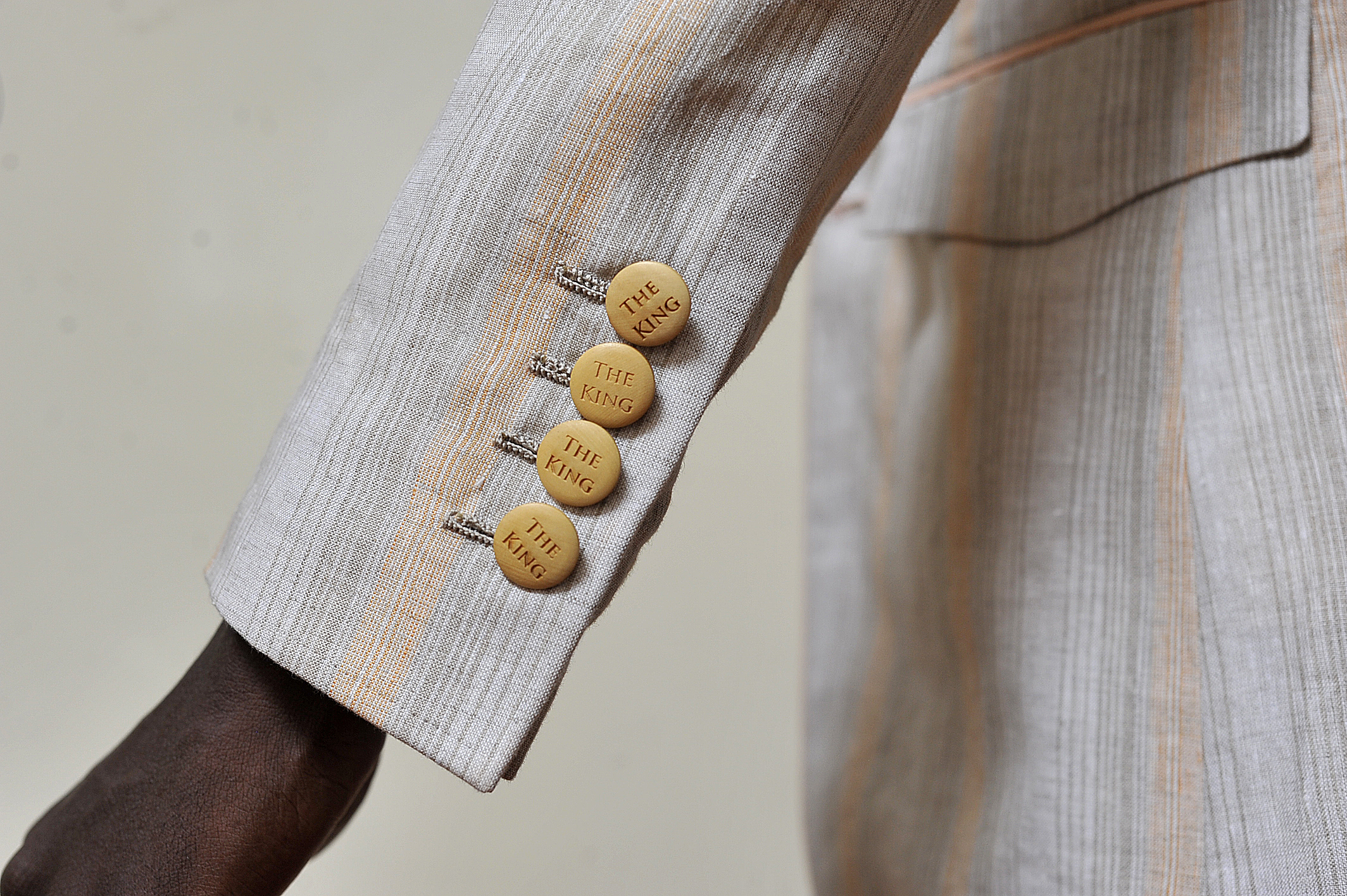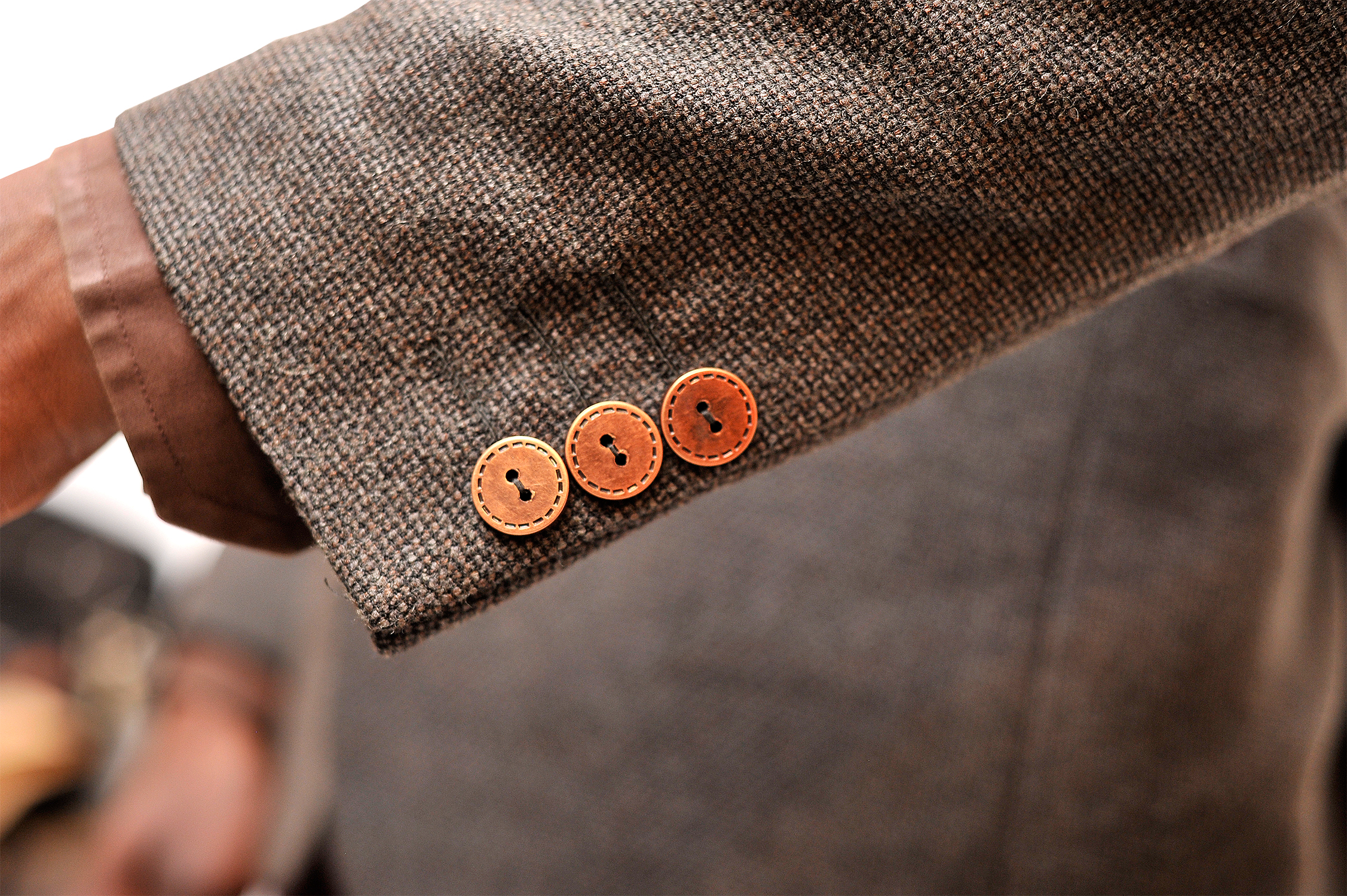Today we’re going to break down the different types of buttonholes you may or may not have seen on a blazer. And in doing so, I will divulge a trade secret exclusive within Kenya to King Sidney.
Buttonholes will generally tend to be found in three places on a blazer. We have the boutonniere hole usually known as the Asola Lucida. Then we have the front closure buttons, and finally, we have the cuff buttons. The Asola Lucida is a deceptively complex topic that I will get into another day. For today I will focus on the buttonholes you will commonly see on the cuff of the jacket.
Let’s start with the basics. What is a cuff? A cuff is the opening at the end of the sleeves. It’s what houses the blazer sleeves buttons and is a part of the blazer that when executed properly will bring life to even the dullest of men’s jackets. There are two types of cuffs for men’s blazers. Closed cuffs, and surgeon cuffs.
Closed cuffs
Closed cuffs are the most common, essentially because they are probably tailoring’s biggest shortcut. Essentially, the cuffs are permanently closed and the buttonholes are simply there for decorative purposes. Because the art of making buttonholes by hand is such an intricate and time-consuming procedure, most mass-produced, off-the-rack blazers will tend to have closed cuffs. Most tailored blazers in Kenya will as well. The process is just simply too time-consuming for them. It’s easier just to close it and have the buttonholes on top.
Surgeon cuffs
Surgeon cuffs are open cuffs. It means the cuff is open and the buttons are functional and can be used to open and close the cuffs. They are known as surgeon cuffs because a long time ago, surgeons needed to roll up their blazer sleeves to head into an operation (maybe scrubs didn’t exist back then, who knows). So tailors would construct for them blazers with proper working cuffs so that they could unbutton them, roll up their sleeves and head into the emergency room. Surgeon cuffs are a bit trickier than closed cuffs for two reasons. One, the tailor doing the cutting must be aware beforehand that the jacket’s cuffs are going to be open and cut the pattern accordingly. The second reason, however, is the more important one. The buttonholes on surgeon cuffs are extremely time-consuming to put in place. And like I said before, that is exactly the reason why most mass-produced clothing and local tailoring opt to simply skip making an open cuff blazer.
A side note – gauntlet cuff
A gauntlet cuff is not really a type of cuff per se. It’s the addition you see at the edge that usually matches the lapel. So in the case of this King Sidney cuff below, it’s the brown leather part you see below the buttons. Gauntlet cuffs are more of a style than a type of cuff and are common in Tom ford blazers and a lot of James bond tuxedos. A gauntlet cuff can be either open or closed.
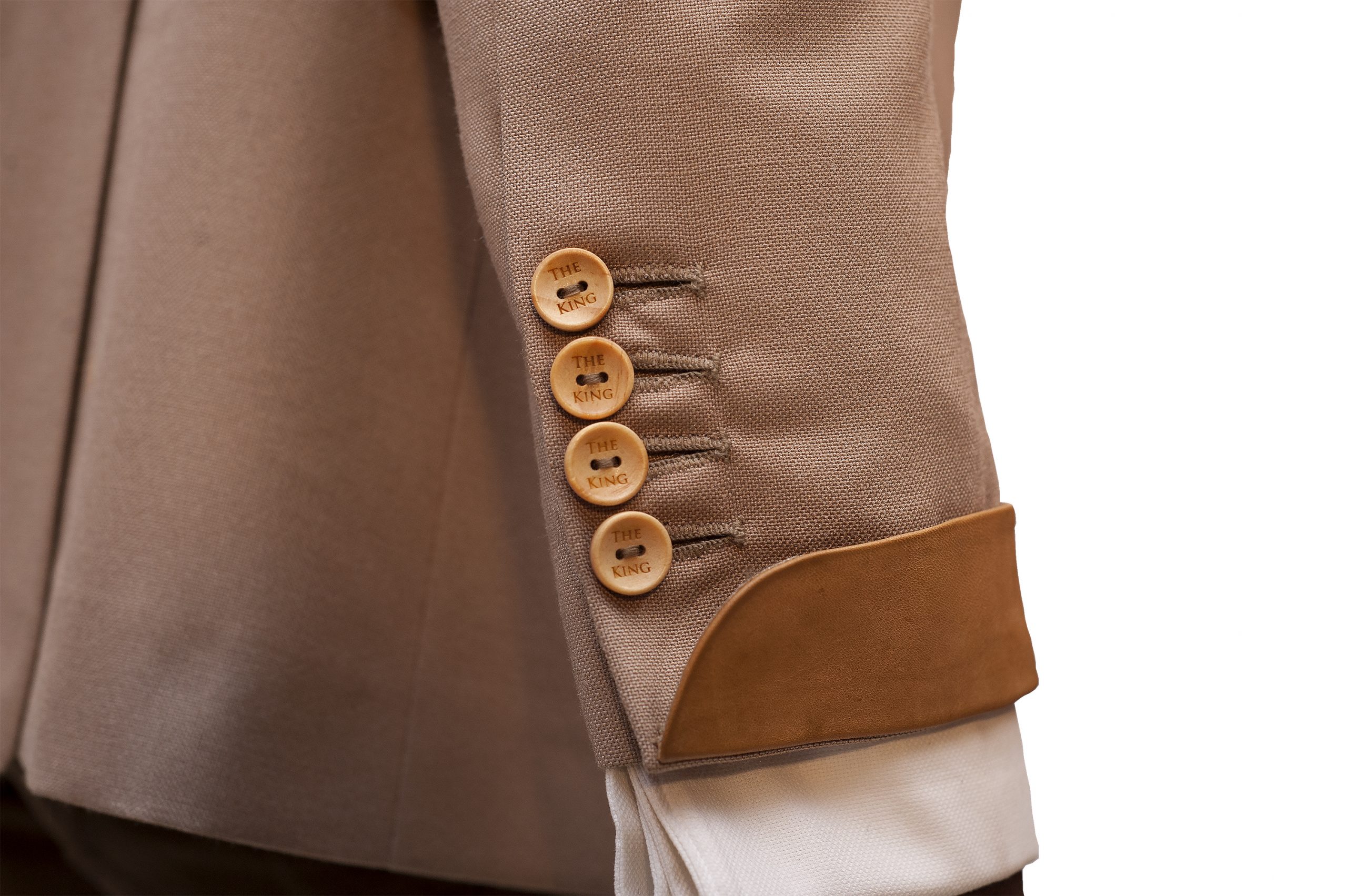
Now that we’ve gone through the brief overview of the types of cuffs, let’s break down each of the different buttonhole types based on the cuffs they are on as well as the techniques used to construct them.
Buttonhole types
Closed with faux holes
This is the most common scenario. In this case, as seen below, the sleeves are closed and the holes do not actually open. The buttonholes are not real holes and are simply decorative stitches placed strategically on top of the cuff. They are ideal for the individual that doesn’t really care too much about small details like those.
Open, without gimp
In this particular case, the cuff is open, but the buttonhole is the simple type that can be done by anyone with a couple of months experience in the art of making buttonholes. The cuff is left open and the finisher creates small, average-looking buttonholes for the buttons. They are ideal for the gentleman with a more discerning eye who may happen to have budget limitations.
Open, with gimp and normal thread
Now, this is a different ball game altogether. Here’s how the process works.
You start with something called a gimp. The gimp is a tough piece of steel-like thread that is fitted inside the buttonhole. So the person making the buttonhole will hold the gimp in place and stitch the buttonhole above the gimp, covering it in the process. As seen below, gimps come in a variety of colours, black for dark coloured buttonholes and beige for lighter coloured buttonholes.
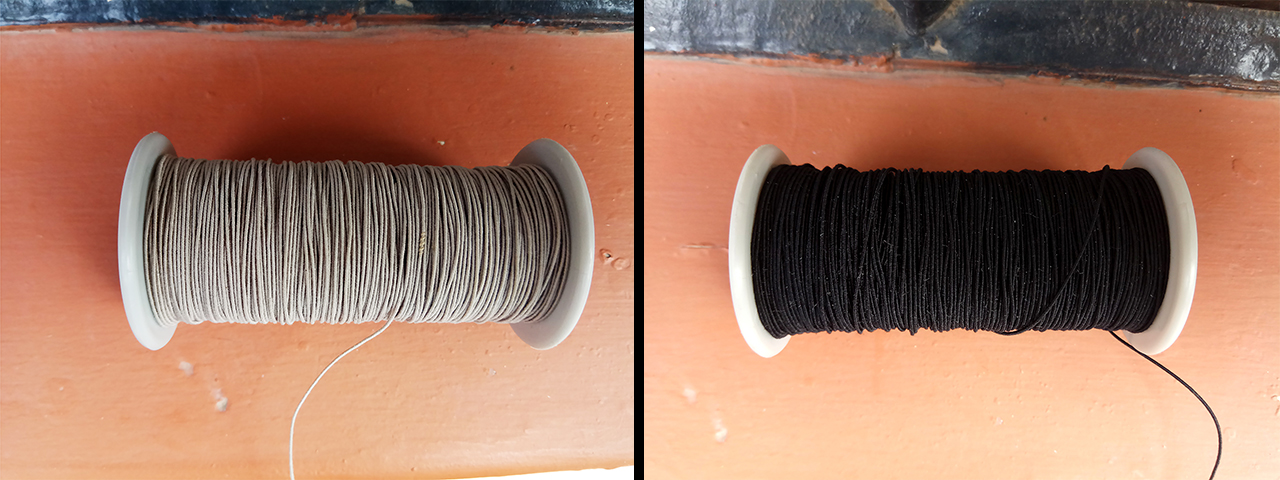
While using ordinary thread may reduce the amount of time required, it’s still a very time-consuming process and may take a few hours to do the buttonholes for a single cuff. It requires extremely skilled buttonhole makers with years of experience.
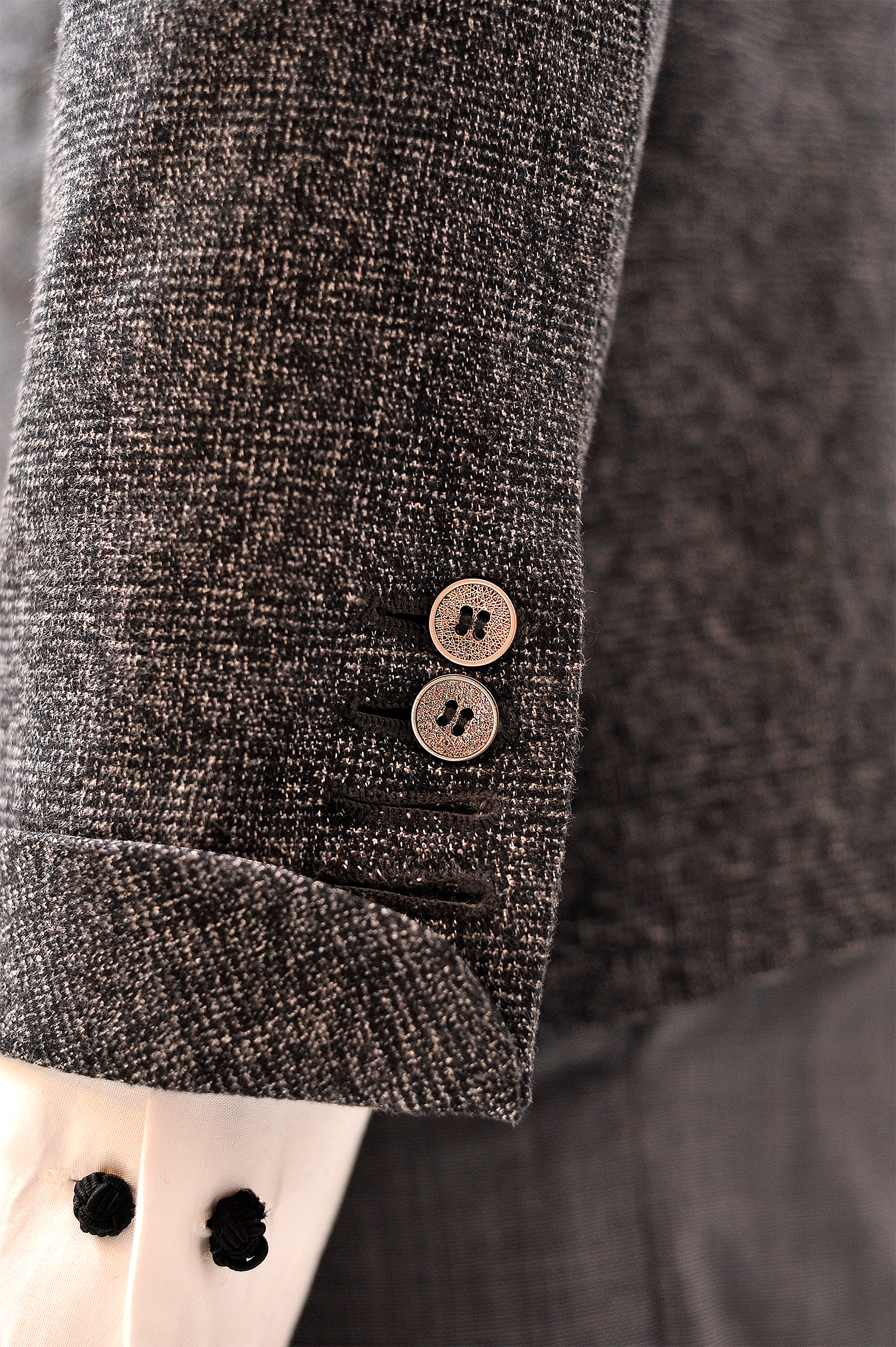
Open, with gimp and silk twist thread
This is the highest quality process of the lot. The difference between this one and the previous process is the quality of raw materials used. Here, rather than ordinary thread, we use fine silk twist thread.
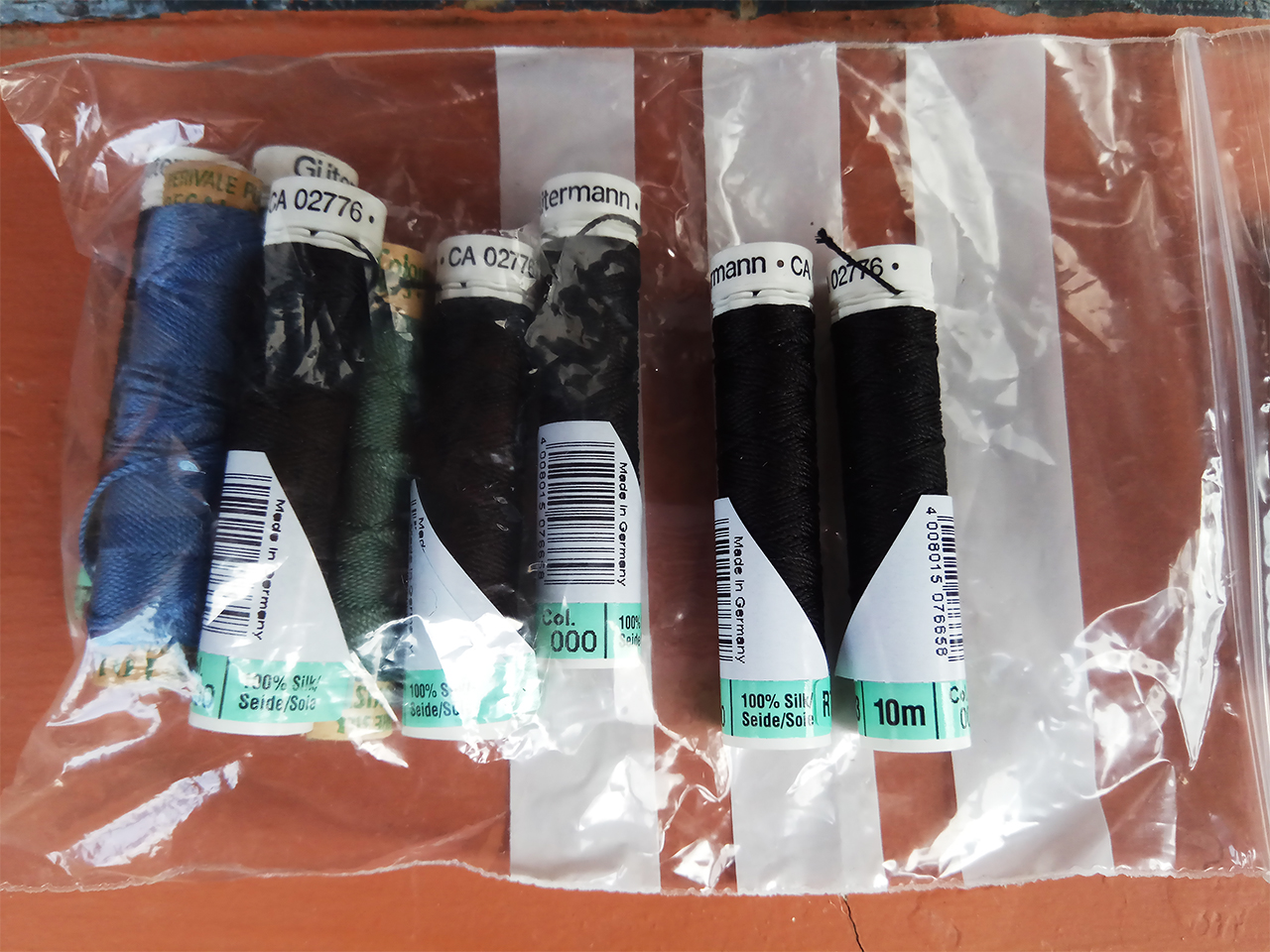
Now, the silk twist thread requires the beeswax seen below.

We then go ahead and run the silk twist thread over the beeswax like this.
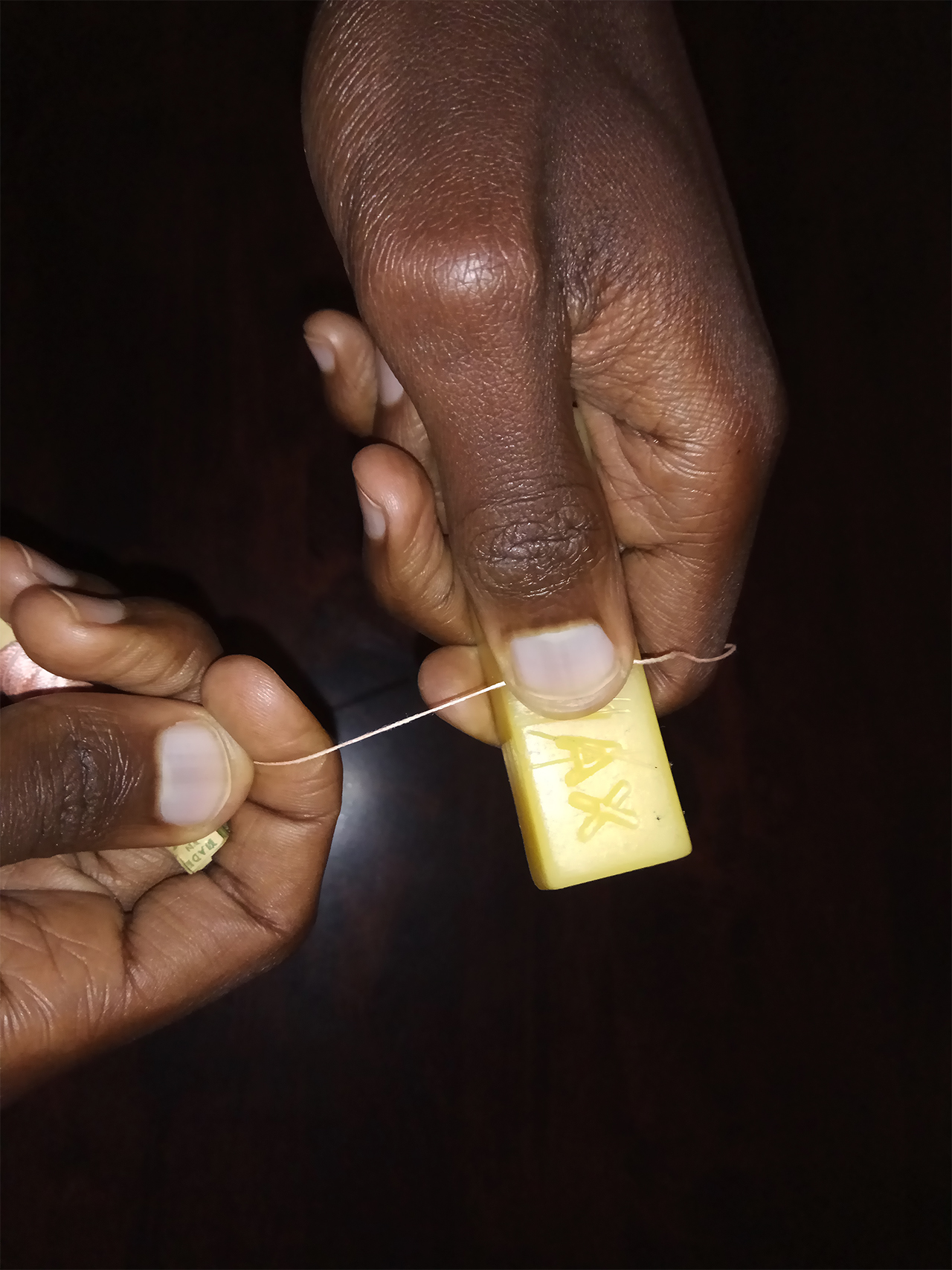
After that, we then begin to make the buttonhole as described in the last process. As far as I know, King Sidney are the only ones in Kenya who make their buttonholes with this high amount of detail. The process is more common in high-end Italian tailoring houses. Because of the quality of the thread and slippery nature of the wax, the buttonholes on a single sleeve can take up to 6 hours. The glossy finish brought about by both the silk twist thread as well as the beeswax is quite beautiful when viewed up-close. This is ideal for true blazer connoisseurs and men who demand the finer things in life.
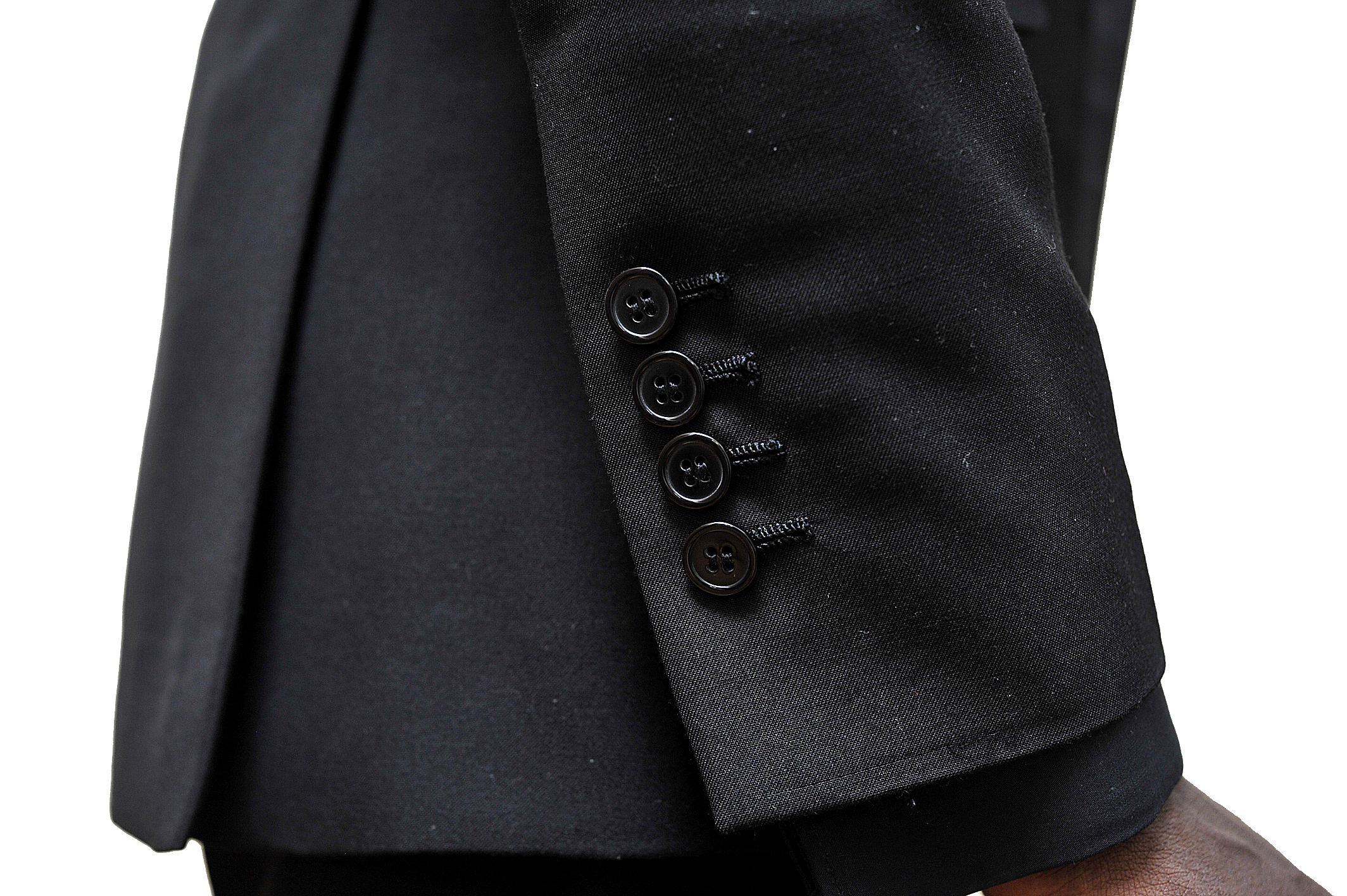
There you have it. A basic rundown on buttonholes and cuff types. Good looking buttonholes always add that much needed final touch of finesse to an already well-constructed blazer and should therefore never be ignored when purchasing your next statement blazer.
Watch out for my future post on shoulder divots and what really causes them. God bless.
